Sergey Kosov
Segmentation of Weakly Visible Environmental Microorganism Images Using Pair-wise Deep Learning Features
Aug 31, 2022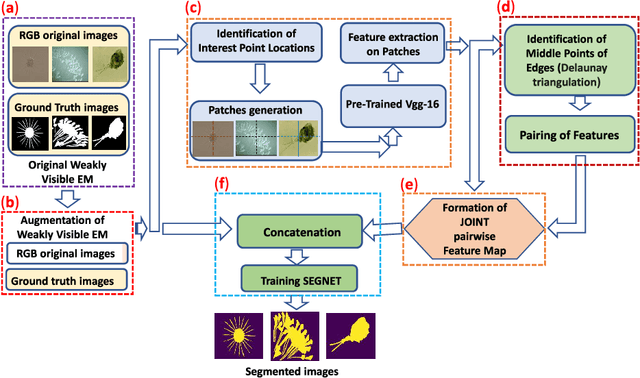


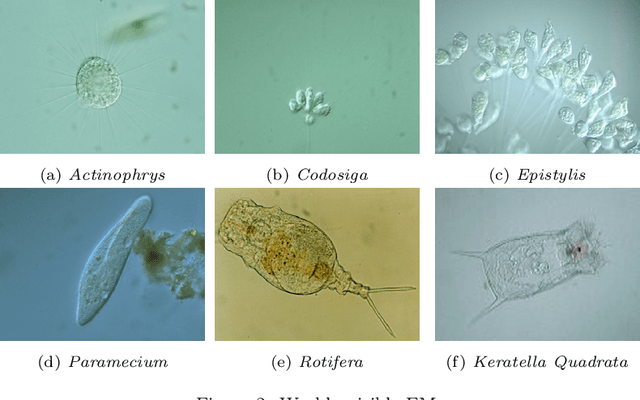
Abstract:The use of Environmental Microorganisms (EMs) offers a highly efficient, low cost and harmless remedy to environmental pollution, by monitoring and decomposing of pollutants. This relies on how the EMs are correctly segmented and identified. With the aim of enhancing the segmentation of weakly visible EM images which are transparent, noisy and have low contrast, a Pairwise Deep Learning Feature Network (PDLF-Net) is proposed in this study. The use of PDLFs enables the network to focus more on the foreground (EMs) by concatenating the pairwise deep learning features of each image to different blocks of the base model SegNet. Leveraging the Shi and Tomas descriptors, we extract each image's deep features on the patches, which are centered at each descriptor using the VGG-16 model. Then, to learn the intermediate characteristics between the descriptors, pairing of the features is performed based on the Delaunay triangulation theorem to form pairwise deep learning features. In this experiment, the PDLF-Net achieves outstanding segmentation results of 89.24%, 63.20%, 77.27%, 35.15%, 89.72%, 91.44% and 89.30% on the accuracy, IoU, Dice, VOE, sensitivity, precision and specificity, respectively.
A New Pairwise Deep Learning Feature For Environmental Microorganism Image Analysis
Feb 24, 2021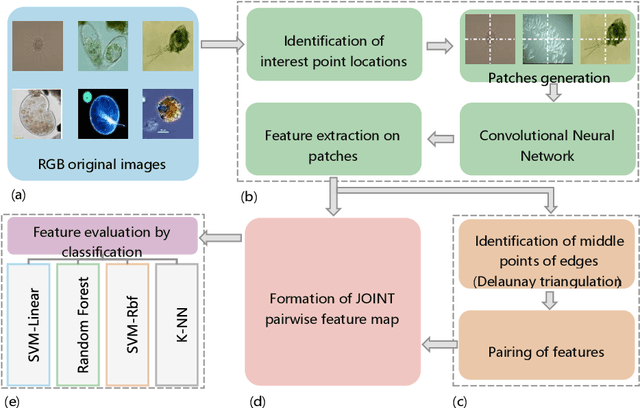

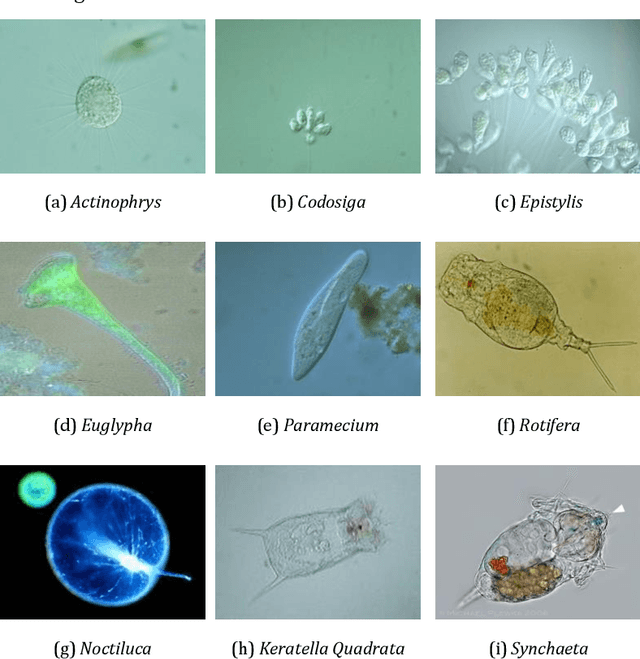

Abstract:Environmental microorganism (EM) offers a high-efficient, harmless, and low-cost solution to environmental pollution. They are used in sanitation, monitoring, and decomposition of environmental pollutants. However, this depends on the proper identification of suitable microorganisms. In order to fasten, low the cost, increase consistency and accuracy of identification, we propose the novel pairwise deep learning features to analyze microorganisms. The pairwise deep learning features technique combines the capability of handcrafted and deep learning features. In this technique we, leverage the Shi and Tomasi interest points by extracting deep learning features from patches which are centered at interest points locations. Then, to increase the number of potential features that have intermediate spatial characteristics between nearby interest points, we use Delaunay triangulation theorem and straight-line geometric theorem to pair the nearby deep learning features. The potential of pairwise features is justified on the classification of EMs using SVMs, k-NN, and Random Forest classifier. The pairwise features obtain outstanding results of 99.17%, 91.34%, 91.32%, 91.48%, and 99.56%, which are the increase of about 5.95%, 62.40%, 62.37%, 61.84%, and 3.23% in accuracy, F1-score, recall, precision, and specificity respectively, compared to non-paired deep learning features.
A two-layer Conditional Random Field for the classification of partially occluded objects
Sep 13, 2013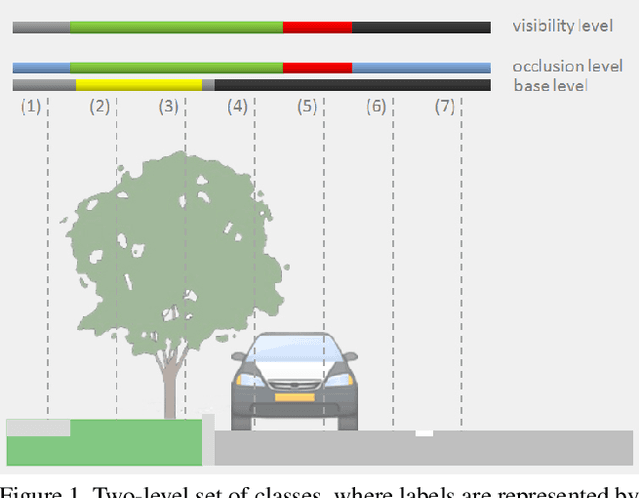
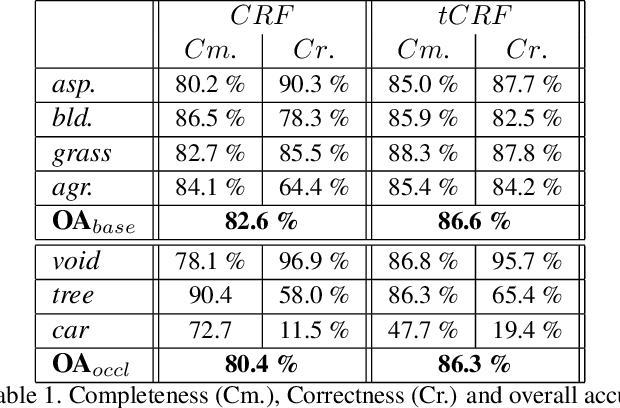
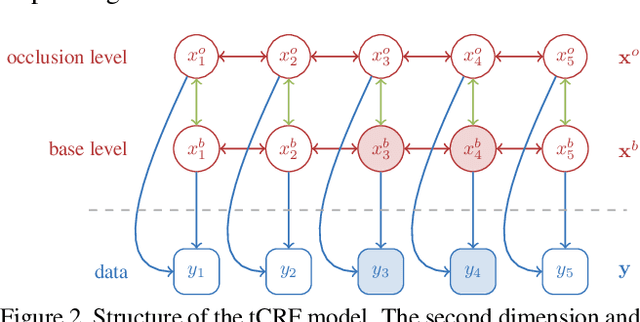
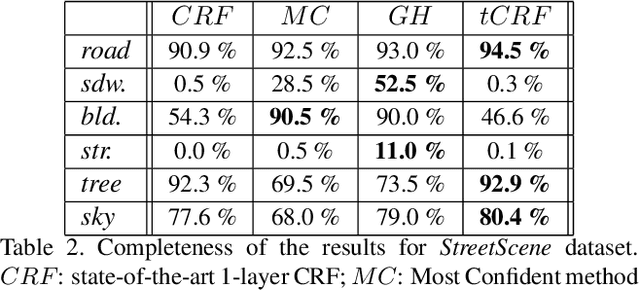
Abstract:Conditional Random Fields (CRF) are among the most popular techniques for image labelling because of their flexibility in modelling dependencies between the labels and the image features. This paper proposes a novel CRF-framework for image labeling problems which is capable to classify partially occluded objects. Our approach is evaluated on aerial near-vertical images as well as on urban street-view images and compared with another methods.
 Add to Chrome
Add to Chrome Add to Firefox
Add to Firefox Add to Edge
Add to Edge